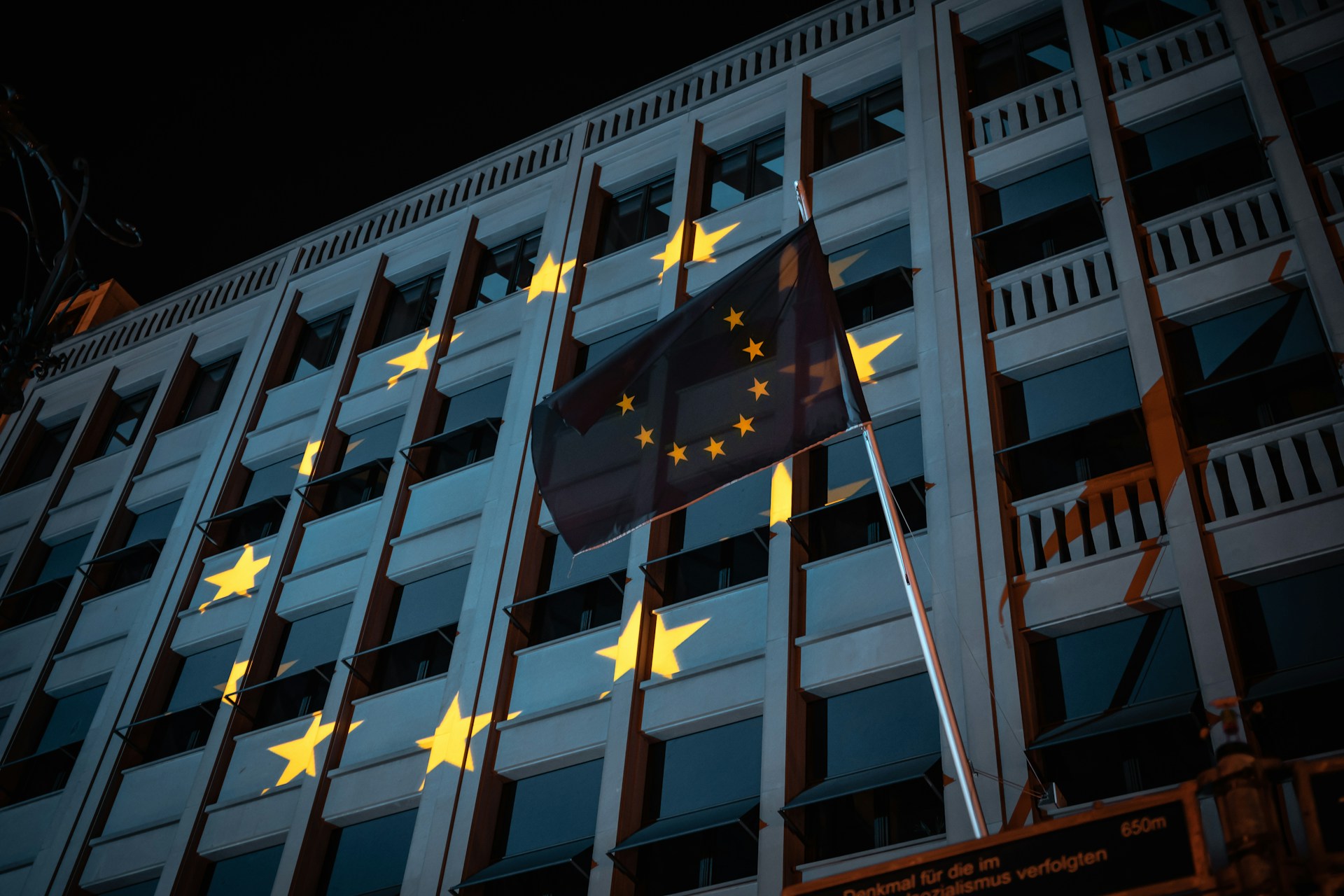In a historic development, the European Union has enacted groundbreaking legislation focused on the regulation of high-stakes artificial intelligence (AI). The recently passed legislation seeks to safeguard the fundamental rights of European citizens against threats posed by the implementation of advanced AI technologies. At the same time, the law aims to foster innovation and position Europe as a leader in the field of artificial intelligence. Issued through a press release, the AI Act’s multifaceted approach highlights its commitment to protecting democracy, the rule of law and environmental sustainability.
New AI law: prohibitions and focus on high-risk applications
It is worth mentioning that the law specifically addresses the risks associated with AI applications, prohibiting risky practices and establishing clear requirements for those considered high risk. Notable prohibitions include “biometric categorization systems based on sensitive characteristics and the untargeted extraction of facial images from the Internet or CCTV footage to create facial recognition databases.”
In addition, practices such as “emotion recognition in the workplace and schools,” “social scoring,” “predictive policing” based solely on profiles or assessments of a person’s characteristics, and AI manipulation of human behavior are prohibited.
Despite the established restrictions, the legislation provides for exceptions for certain specific scenarios. For example, the implementation of real-time biometric identification systems is permitted provided that “strict safeguards” are met, including requirements for “specific prior judicial or administrative authorization”.
This could be applied in critical situations such as searching for missing persons or preventing terrorist threats.
Regulation of General Purpose Artificial Intelligence (GPAI) systems.
On the other hand, it is important to say that the new law also addresses general purpose artificial intelligence (GPAI) systems, imposing EU transparency requirements, which include adherence to EU copyright law.
For example, for highly potent AIFMs, additional requirements are established, such as systemic risk assessment and incident reporting obligations. In addition, it highlights the need to clearly label any artificial or manipulated image, audio or video content, commonly known as “deepfakes”, in order to ensure transparency and integrity in its dissemination.
Finally, it is worth noting that the new EU law on artificial intelligence marks a significant milestone in the regulation of emerging technologies. By protecting the fundamental rights of citizens while encouraging innovation, the legislation comprehensively addresses the challenges and opportunities presented by high-risk artificial intelligence. With a balanced approach, the European Union seeks to lead the way towards an ethical and responsible use of artificial intelligence in the 21st century.



